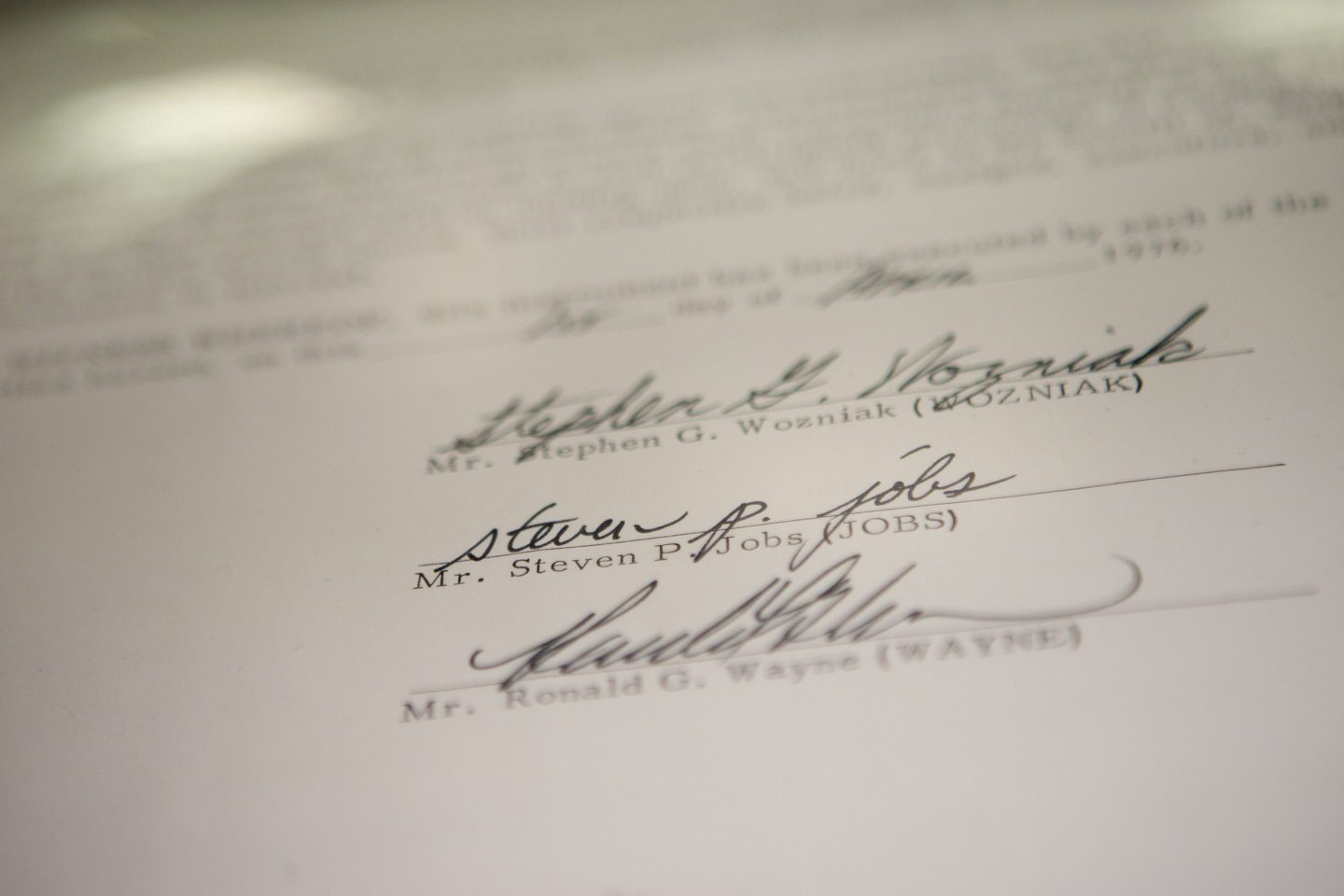Good morning!
It’s Lila MacLellan here, filling in for Kristin while she’s at day one of our Fortune Most Powerful Women Summit. Follow along with our livestream here.
In other news: Artificial intelligence has been sold to corporate America as a productivity miracle in the making. But while CEOs encourage workers to use AI liberally, they may also be injecting friction into their operations. It turns out corporate America is awash in “workslop.”
That’s the term data scientists from Stanford’s Social Media Lab and BetterUp, an online coaching platform, recently coined to describe “AI-generated work content that masquerades as good work, but lacks the substance to meaningfully advance a given task.” It’s the workplace equivalent of the cutesy videos and obviously fake photos filling up your social feeds, which have become known as AI “slop.”
But most office workers will immediately understand workslop on a visceral level. We’ve all encountered examples of workslop in the wild. It’s the memo jammed with stuffy words like “underscore” and “commendable” that leaves you scratching your head, or the report littered with em-dashes that, upon a close read, feels hollow.
According to the researchers, receiving “workslop” routinely created extra work for employees, who found themselves redoing reports clearly written by AI, or holding a meeting to discuss a mystifying memo. It also caused employees to question their peers’ intelligence and the value of AI technology.
After surveying full-time employees at 1,150 companies, the researchers found that workslop is flowing in all directions inside firms. Mostly it spreads laterally between peers, but managers are also sending slop to their reports, and employees are filing it to their bosses. In total, 40% of respondents said they had received a specimen they’d define as workslop in the past month from a colleague.
To be sure, workplace AI isn’t going anywhere, and even the study authors admit that AI “can positively transform some aspects of work.” But given their alarming findings, companies may want to address the problem in their training modules. For more on what you might include in your company’s anti-workslop workshop, read my post on Fortune.com. —Lila MacLellan
Kristin Stoller
Editorial Director, Fortune Live Media
kristin.stoller@fortune.com
Around the Table
A round-up of the most important HR headlines.
As recruiters use AI to scan resumes, candidates are concealing instructions for chatbots within them to give them a leg up. New York Times
New research shows that companies must prioritize both compensation and culture in order to thrive over the long term. Wall Street Journal
There’s been a recent uptick in unionizing among white-collar workers at law firms, banks, and tech companies. Washington Post
Watercooler
Everything you need to know from Fortune.
The Great Exit. Return‑to‑office mandates and rising childcare costs are increasingly causing working mothers to leave the workforce. —Ashley Lutz
Workforce readiness. Only 8% of hiring professionals think that Gen Z is prepared for the workplace, thanks to an eroding of the value of U.S. college degrees. —Emma Burleigh
Ford crackdown. Some Ford Motor Co. employees say they’ve been warned they could be fired for not going back to the office. —Eva Roytburg












